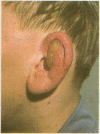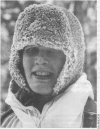Abstract
OBJECTIVE--To determine the incidence of and the risk factors for local cold injuries of the face and ears in peacetime military service. DESIGN--Prospective, controlled epidemiological study using a questionnaire. SETTING--Finnish defence forces, 1976-89. SUBJECTS--913 young male conscripts with local frostbite of the head that needed medical attention and 2478 uninjured control conscripts. MAIN OUTCOME MEASURES--Type of activity, clothing, and other risk factors at the time of cold injury. Odds ratios were used to calculate risk. Controls were handled as one group. RESULTS--The mean annual incidence of frostbite was 1.8 per 1000 conscripts. Frostbite of the ear was most common (533 conscripts (58%)), followed by frostbite of the nose (197 (22%)) and of the cheeks and other regions of the face (183 (20%)). Most conscripts (803 (88%)) had mild or superficial frostbite. Risk factors included not wearing a hat with earflaps (odds ratio 18.5 for frostbite of the ear); not wearing a scarf (odds ratio 2.1 and 3.8 for frostbite of the ear and cheeks respectively); using protective ointments (odds ratio 3.3, 4.5, and 5.6 for frostbite of the cheeks, ear, and nose respectively); being extremely sensitive to cold and having hands and feet that sweat profusely (odds ratio 3.5 for frostbite of the nose); and being transported in the open or in open vehicles under windy conditions (odds ratio 2.2 for frostbite of the cheek). CONCLUSIONS--Wearing warm clothing, including a scarf and a hat with earflaps, helps to prevent frostbite. Each person's sensitivity to cold may also be important. The routine use of protective ointments should not be recommended.
Full text
PDF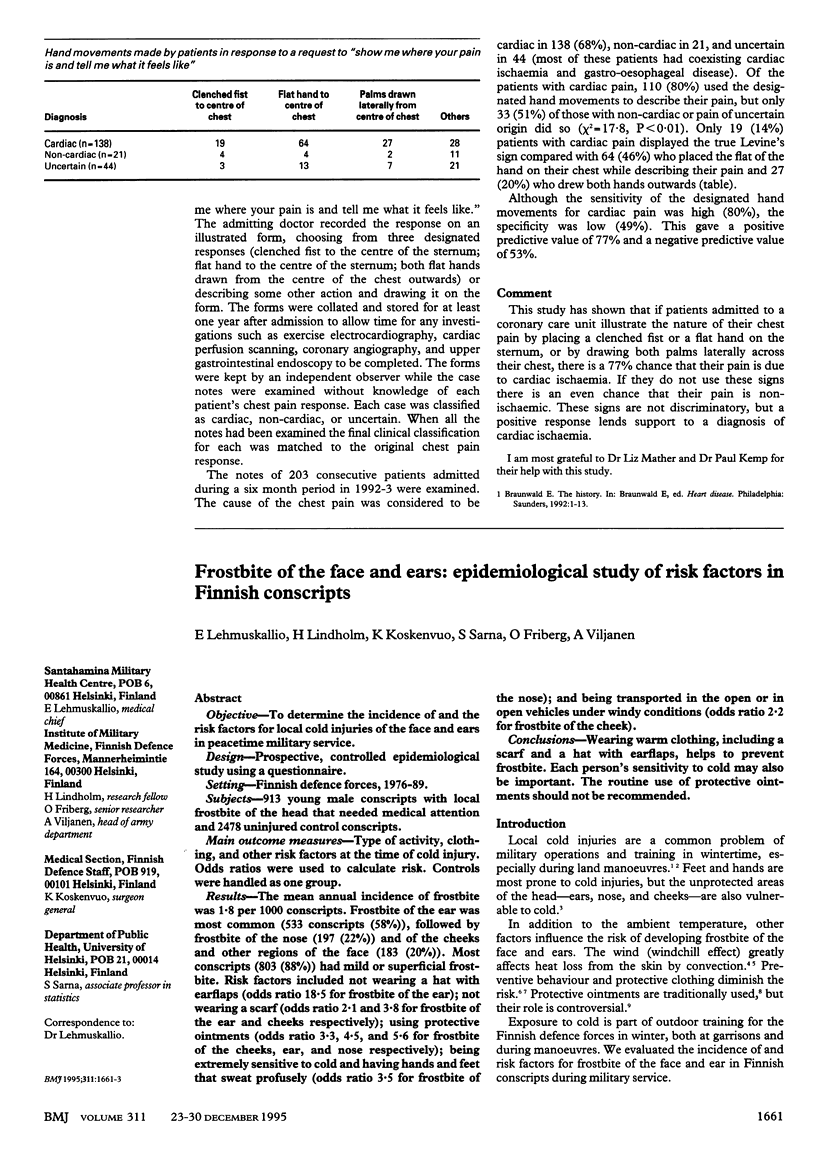
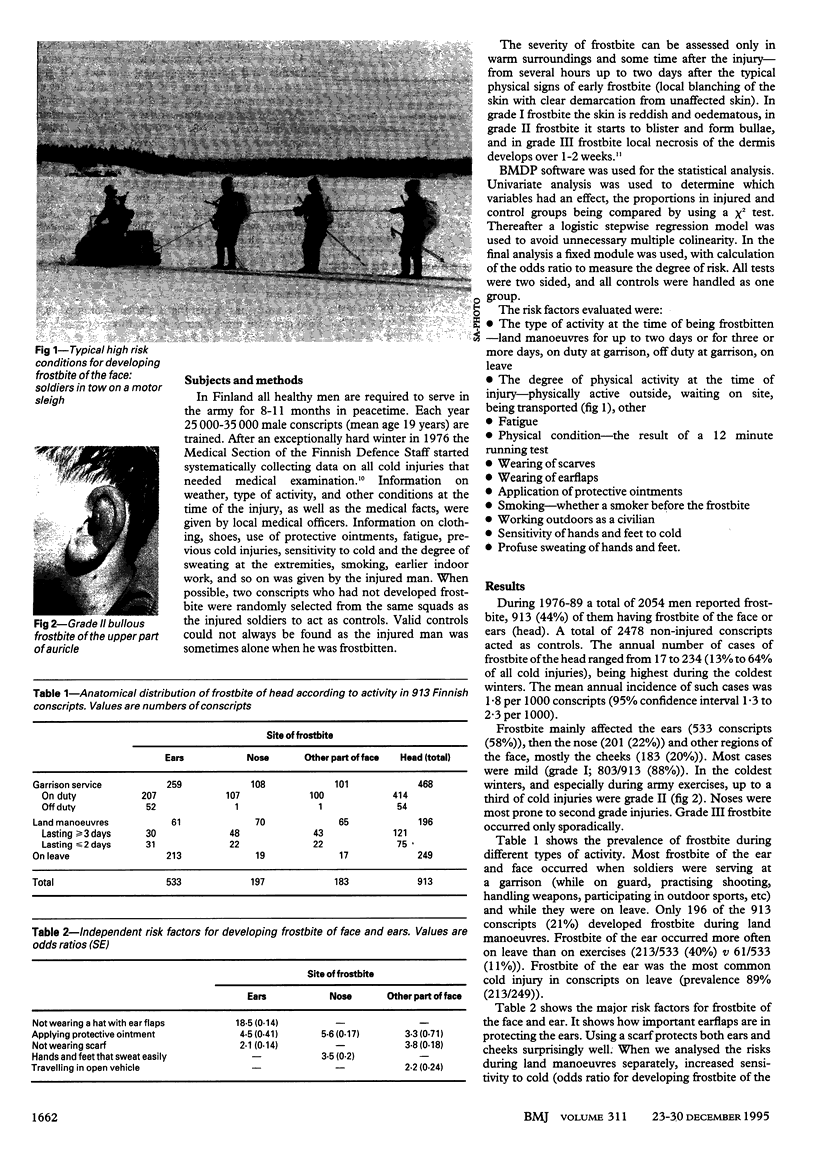
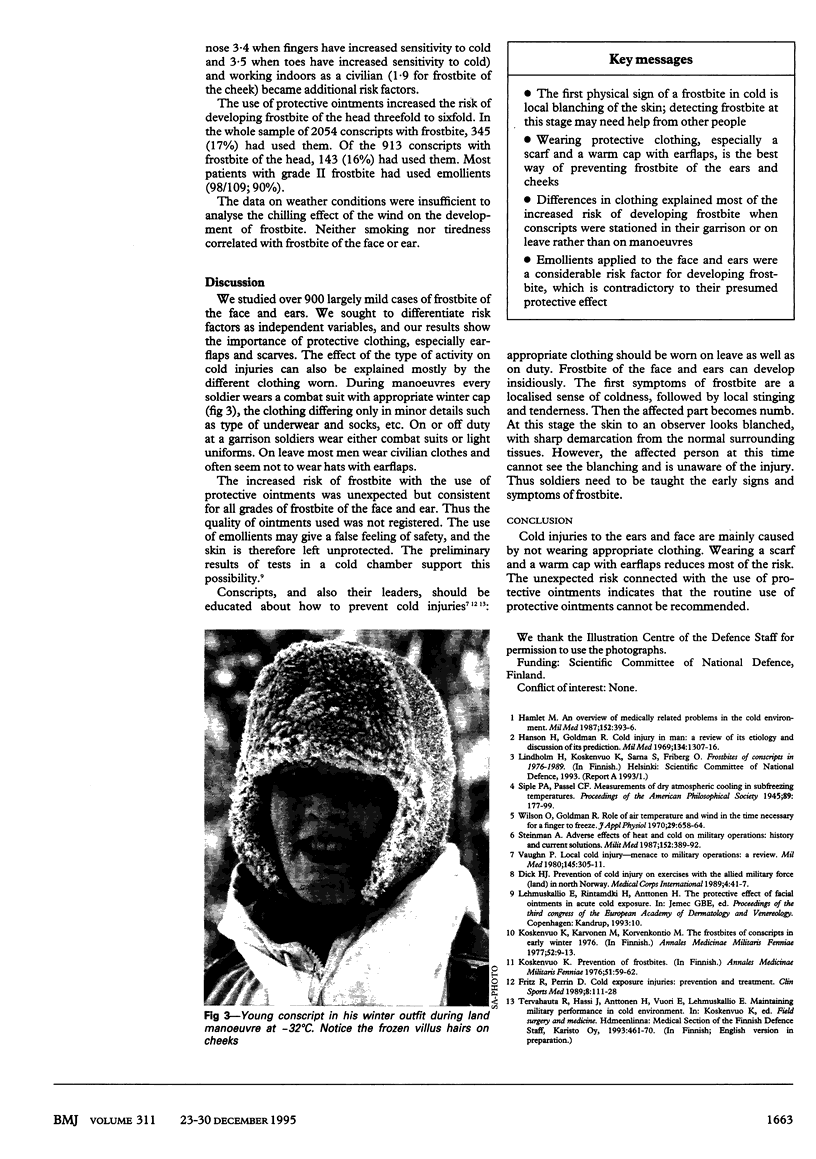
Images in this article
Selected References
These references are in PubMed. This may not be the complete list of references from this article.
- Hamlet M. P. An overview of medically related problems in the cold environment. Mil Med. 1987 Aug;152(8):393–396. [PubMed] [Google Scholar]
- Hanson H. E., Goldman R. F. Cold injury in man: a review of its etiology and discussion of its prediction. Mil Med. 1969 Oct;134(11):1307–1316. [PubMed] [Google Scholar]
- Steinman A. M. Adverse effects of heat and cold on military operations: history and current solutions. Mil Med. 1987 Aug;152(8):389–392. [PubMed] [Google Scholar]
- Vaughn P. B. Local cold injury--menace to military operations: a review. Mil Med. 1980 May;145(5):305–311. [PubMed] [Google Scholar]
- Wilson O., Goldman R. F. Role of air temperature and wind in the time necessary for a finger to freeze. J Appl Physiol. 1970 Nov;29(5):658–664. doi: 10.1152/jappl.1970.29.5.658. [DOI] [PubMed] [Google Scholar]




